Dog sledding is an exhilarating experience, but to fully enjoy the adventure, wearing the right outfit is crucial. Cold weather, snow, and wind can present challenges, making it essential to dress appropriately. This guide covers everything you need to know about assembling the perfect outfit to go dog sledding, from layering basics to specific gear recommendations.
Understanding the Dog Sledding Environment
Dog sledding often takes place in extreme cold and snowy landscapes. Temperatures can drop significantly, and the combination of wind chill and physical activity can affect your body’s comfort. Whether you’re gliding through Arctic tundras or snowy forests, preparing for variable weather conditions is key to ensuring a safe and enjoyable outing.
The Science of Layering: Staying Warm and Dry
Layering is the cornerstone of dressing for cold-weather activities. The goal is to create a system that traps body heat while allowing moisture to escape. Here’s how layering works:
- Base Layer: This layer sits closest to your skin and wicks moisture away to keep you dry. Choose materials like merino wool or synthetics for optimal performance.
- Mid Layer: Acting as insulation, this layer retains body heat. Fleece and down are popular choices for their lightweight warmth.
- Outer Layer: The outermost layer protects against wind and moisture. Look for waterproof and windproof jackets and pants with features like sealed seams and adjustable hoods.
Essential Clothing for Dog Sledding
To ensure comfort and safety, every part of your outfit must be carefully selected. Below is a breakdown of the essential clothing items and accessories:
Head and Neck Protection
- Warm Hat: Choose a hat that covers your ears and provides adequate insulation.
- Balaclava or Neck Gaiter: These protect your face and neck from biting winds.
Upper Body
| Layer | Material Recommendation | Purpose |
|---|---|---|
| Base | Merino wool, synthetics | Moisture-wicking and breathable |
| Mid | Fleece, down | Insulation and heat retention |
| Outer | Waterproof, windproof | Weather protection |
Lower Body
- Thermal leggings as a base layer
- Insulated snow pants with waterproofing
Hands and Feet
- Mittens: Insulated mittens are warmer than gloves and essential for preventing frostbite.
- Socks: Opt for moisture-wicking wool socks and avoid cotton.
- Boots: Choose insulated, waterproof boots with good traction.
Eye Protection
- Goggles or sunglasses to shield against snow glare and wind.
Special Considerations for Dog Sledding Gear
Avoiding Cotton
Cotton retains moisture, which can quickly make you cold. Stick to technical fabrics designed for outdoor activities.
Loose-Fitting Layers
Tight clothing can restrict circulation, reducing warmth. Ensure your layers fit comfortably while allowing for movement.
Hydration and Snacks
Bring a small water bottle or hydration pack and energy-rich snacks to stay fueled during your adventure.
Preparing for Variable Conditions
Weather can change rapidly in dog sledding environments. Dress in layers that you can easily add or remove to regulate your body temperature. Always carry extra gloves and socks in case your primary pair gets wet. Be mindful of signs of hypothermia, such as uncontrollable shivering and numb extremities, and take immediate action if necessary.
FAQs About Outfit for Dog Sledding
Can I rent gear for dog sledding, or should I purchase my own?
Many dog sledding tour operators offer rental gear, such as jackets, boots, and gloves. However, investing in your own high-quality gear is recommended if you plan to participate regularly.
What type of gloves are best for dog sledding in extreme cold?
Double-layer gloves with a waterproof outer shell and an insulated inner lining work best. Some people prefer mittens for extra warmth, as they allow fingers to share heat.
Are heated clothing options worth considering for dog sledding?
Battery-heated gloves, socks, and vests can be a great addition, especially for those sensitive to the cold. Ensure these items are reliable and tested before your trip.
What should I pack in a small day bag while dog sledding?
A lightweight, waterproof day bag can carry essentials like extra gloves, snacks, a water bottle, sunscreen, and a small first-aid kit.
How do I dry my gear after a dog sledding excursion?
Allow your clothing to air dry in a warm, well-ventilated area. Use boot and glove dryers if available to prevent moisture buildup and maintain insulation quality.
Conclusion
Dressing appropriately for dog sledding is essential for comfort and safety. By following this guide, you’ll be well-prepared to tackle any cold-weather conditions and enjoy your adventure to the fullest. Remember to prioritize moisture-wicking base layers, insulating mid-layers, and a protective outer shell.
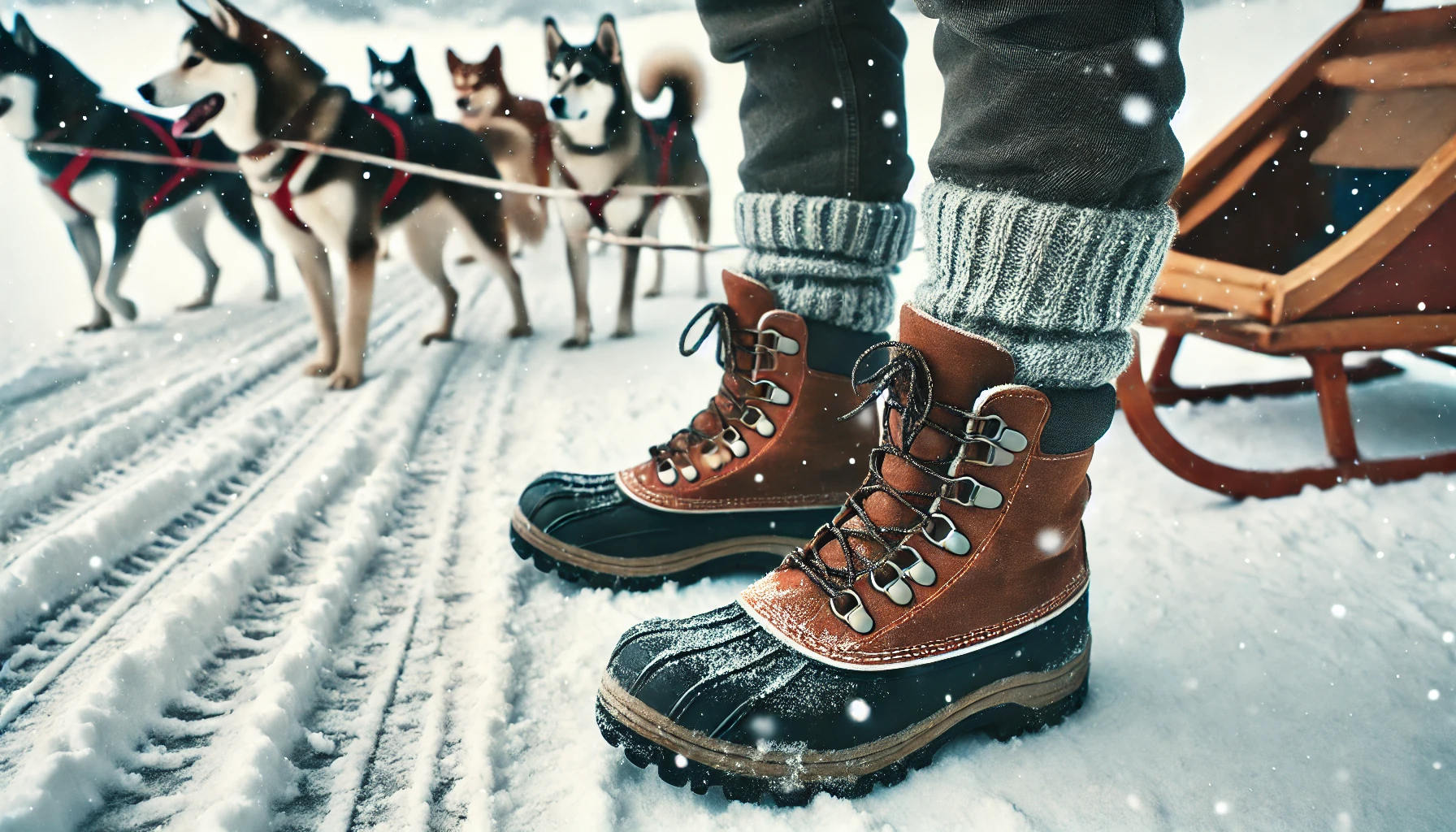






























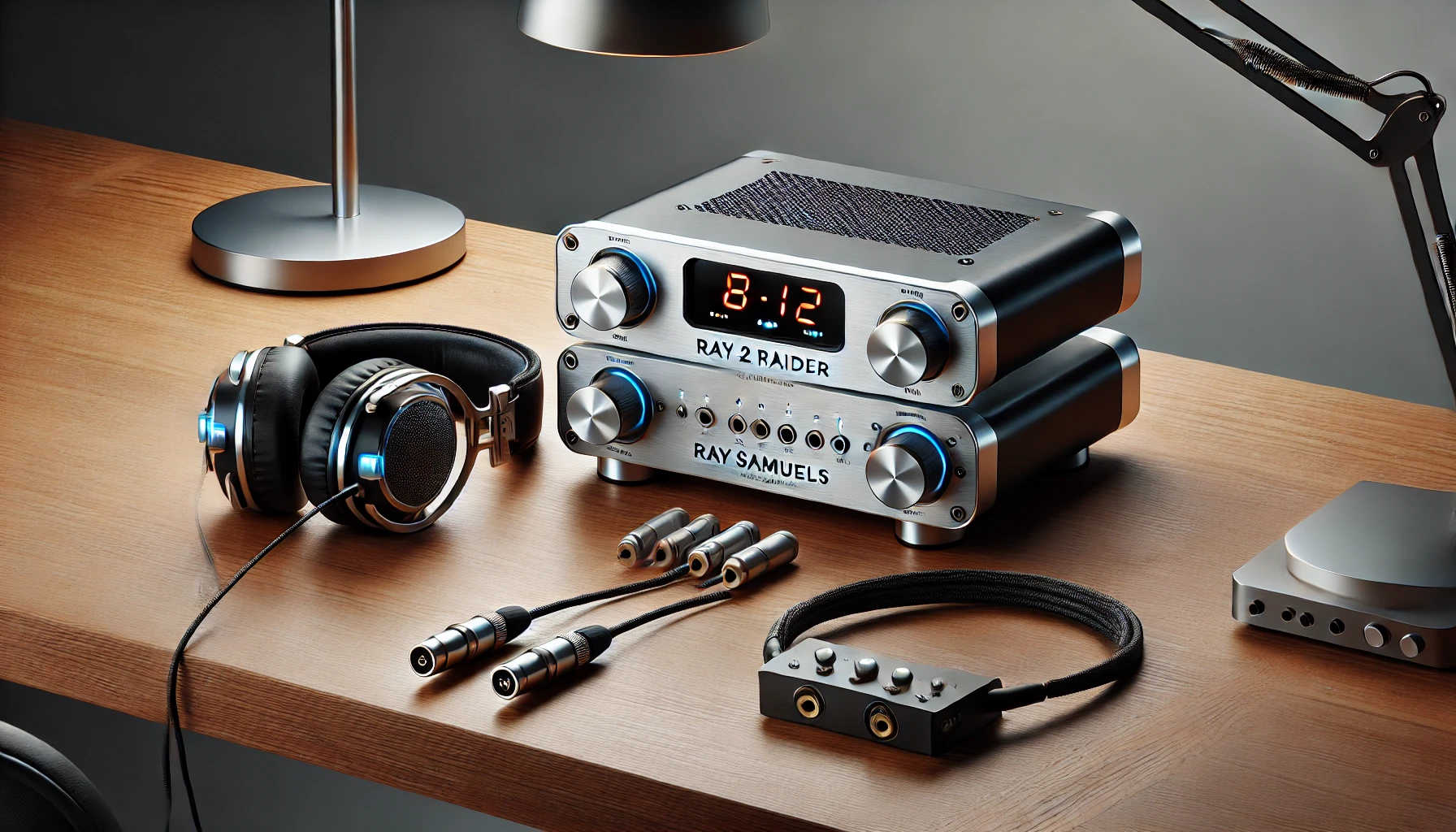



















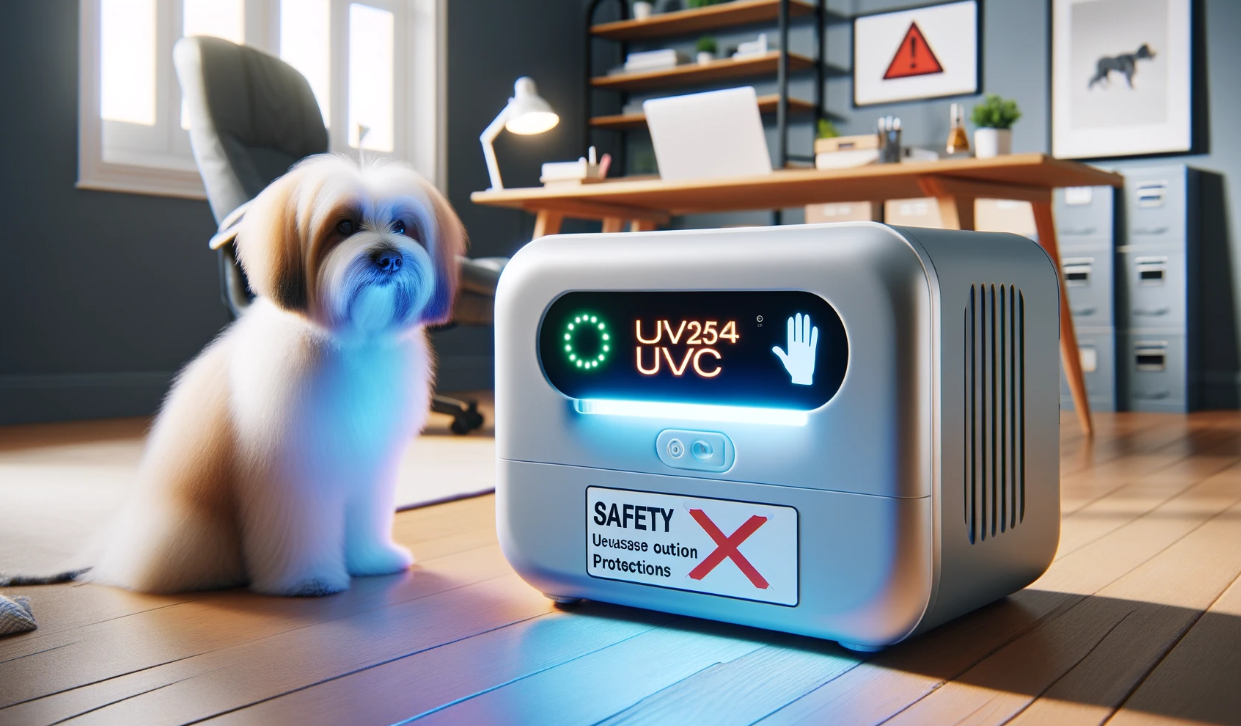
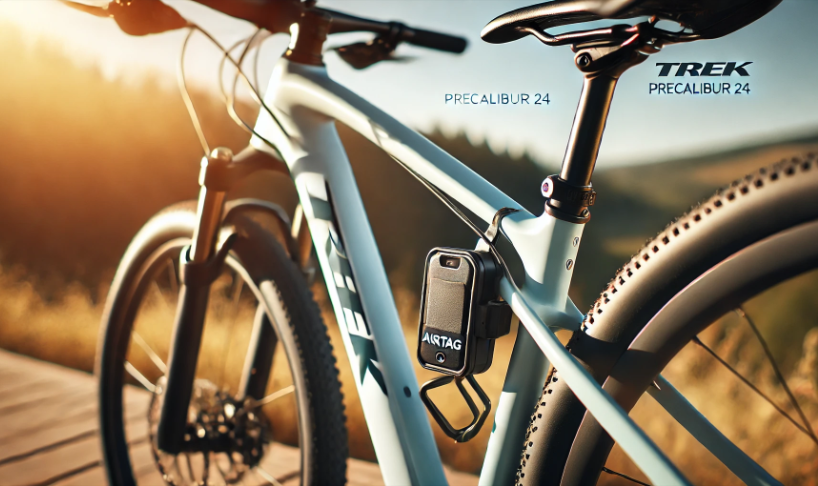






















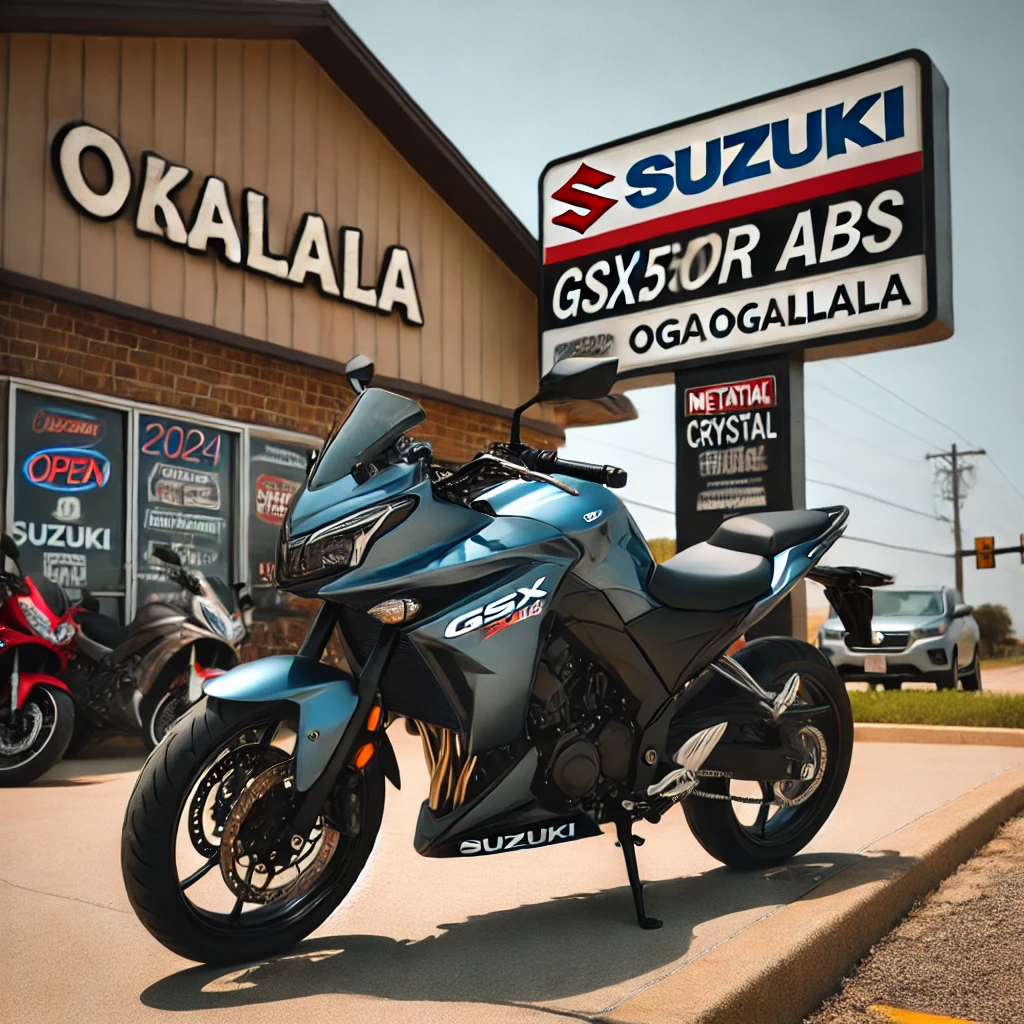









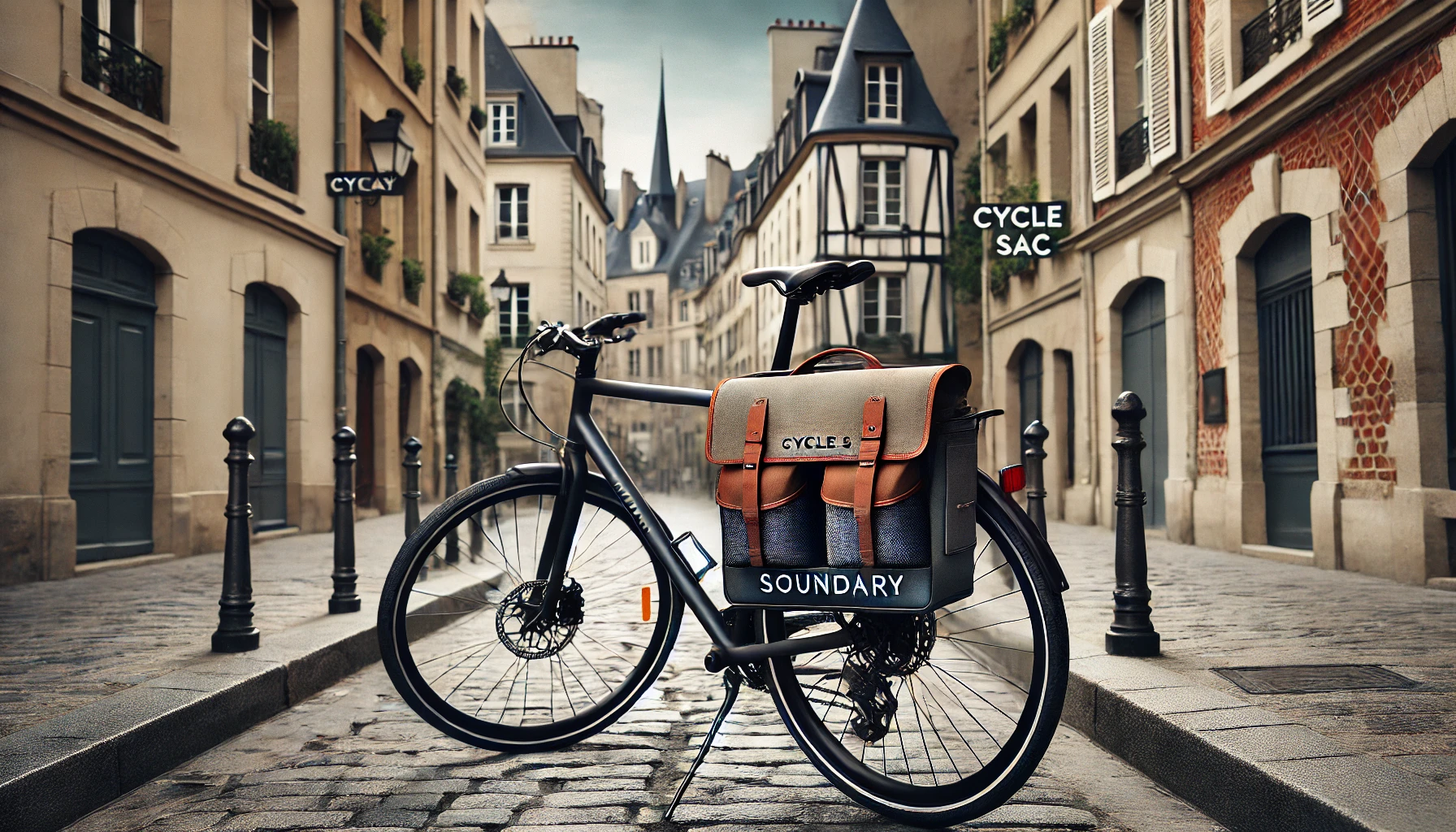

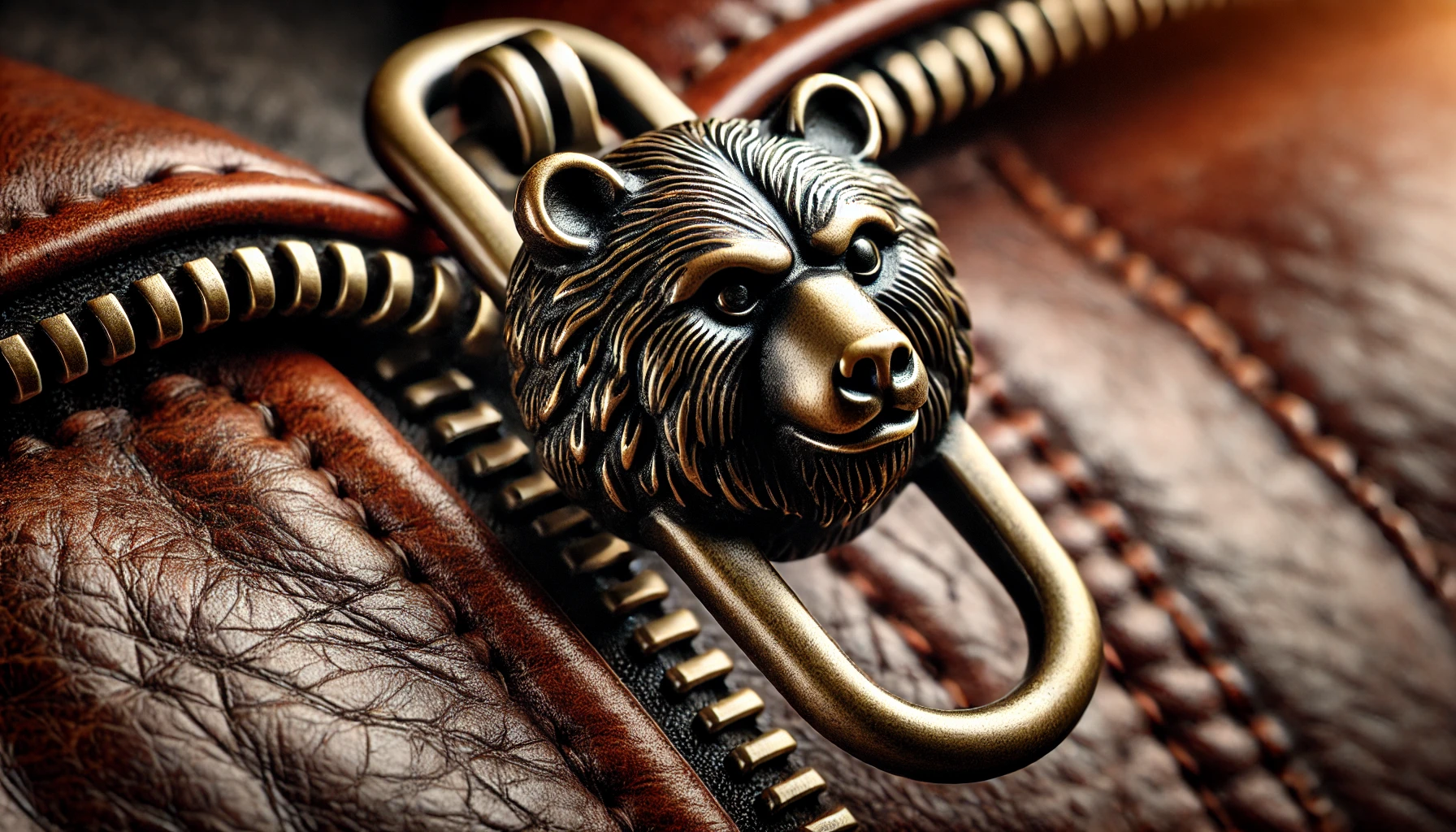
















Leave a Reply